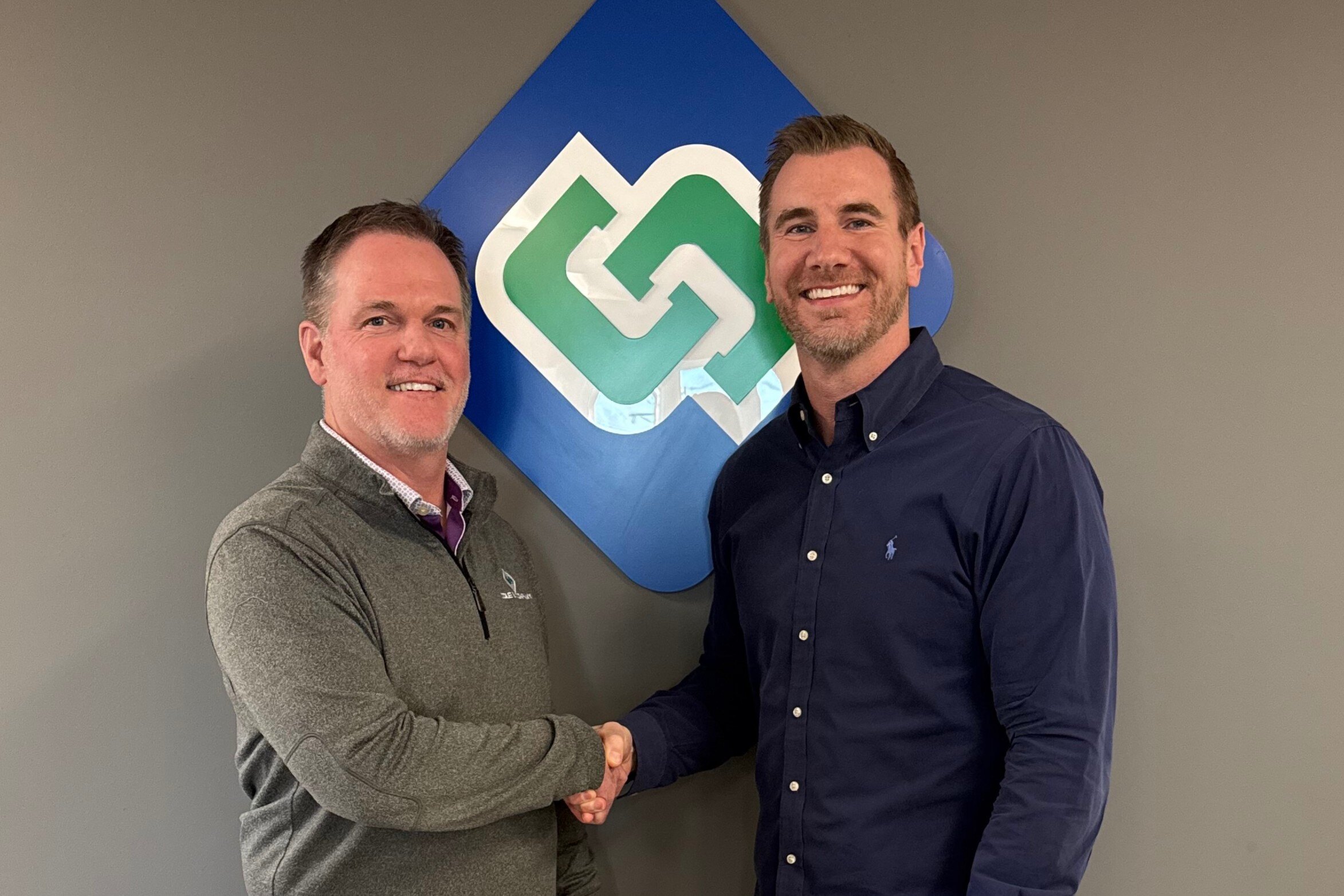Acquiring an Accounting Firm During Tax Season
Most accounting firm owners would never consider acquiring another practice on January 31st—right in the middle of tax season. After all, tax season brings enough stress without adding new team members, different technology systems, and unfamiliar clients to the mix.
But Marcus and I, along with our Director of Operations, Amy McCarty, and Client CFO, Lezlie Reeves, CPA, discovered that sometimes the best business opportunities don't wait for convenient timing.
In this episode of the Who's Really the Boss? podcast, the leadership team at Dillon Business Advisors shares what really happened during our first 70 days after acquiring another accounting firm during the busiest time of year.
**If you would like to receive CPE for the podcast episode related to this article, visit Earmark CPE.
A January 31st Acquisition Made Strategic Sense
The decision to close during tax season wasn't reckless; it was calculated. Our firm faced an uncomfortable situation heading into 2024: we had excess capacity. As Marcus puts it, this created a clear choice. "You either have to go get additional work to fill that capacity, or you have to make some hard decisions on team members."
Rather than reducing our team, we chose growth. But not just any growth. We had specific criteria for acquisition targets. Our leadership team—including Marcus, Amy, Lezlie, and me—determined that acquiring a firm representing 25% or less of our revenue base would help ensure our culture and processes remained the foundation of how we operate. If we could lead with a majority of the business post-acquisition, then it would be clear how we are moving forward.
The timing decision came down to understanding revenue patterns. The acquired firm had a structure where "about 50% of the business is annual recurring revenue relationships, and then the other 50% is monthly recurring," Marcus shared. "Of that annual recurring, I would say 90% of it is captured during tax season."
This meant we could capture probably 45-50% of total revenue within three months by closing January 31st.
Waiting until May would mean carrying team members and overhead for half a year before seeing meaningful returns.
The strategy worked.
Within 70 days, we captured revenue, or sales, equal to the down payment we paid.
This immediate revenue covered costs and provided a budget for strategic investments like hiring Angel Sabino as our Director of Technology.
The timing also worked for the seller, who was starting a new opportunity outside the accounting industry. He wanted a clean transition that would take care of his team and clients, and he understood he couldn't be in both places effectively.
Technology Integration Under Pressure
Technology integration is where planning meets reality. Having Angel join as Director of Technology just before the acquisition proved crucial. "I could not imagine doing this acquisition with any other technology partner," Amy reflects.
Within the first week of acquisition, several major changes happened:
- All clients moved into one tax platform, UltraTax.
- Practice management shifted from PracticeCS to Canopy for unified project and time tracking.
- All invoicing consolidated into our firm's QuickBooks Online system.
- Data extraction began from the acquired firm's filing system into our firm's SharePoint/OneDrive environment.
But surface-level compatibility sometimes masks deeper challenges. Both firms used UltraTax, which seemed like an advantage. However, the acquired firm team members were on desktop PCs, so Angel had to remotely load all of our firm’s software on those desktops and optimize them before team members could effectively work in our firm's cloud-based environment.
The leadership team made smart decisions about timing different transitions. While we consolidated tax programs and moved practice management immediately to maintain workflow, we delayed changing client-facing communication platforms. We waited so there wasn't as much disruption for clients, because many clients only use those communication platforms during tax season.
Amy noted during the first 70 days, we were still "straddling two client communication systems right now, which makes it a little bit challenging. But we'll be quickly pivoting to just one" after the April 15th tax deadline.
The Human Side of Firm Acquisition: Challenges and Wins
The biggest challenge came from something we couldn't have predicted: a key team member with years of knowledge left the acquired firm right before closing. Amy explains, "They’d been there for a long time, understood all the clients, and understood the work that needed to be done."
This departure revealed how much the acquired firm relied on informal, undocumented processes. Amy found herself dealing with a variety of service offerings when trying to set up our practice management software properly. The firm operated with informal service definitions and leaned on team members' institutional memory to guide processes.
Another major lesson involved consent forms. Because the acquired firm didn’t have clients sign 7216 consent forms, we couldn’t leverage capacity across both businesses. Amy shares what she'd do differently: "Knowing what I know now, we would have asked clients to sign consent forms when they submitted their tax documents. Without proper consent forms, DBA's team members couldn't help with new clients' work during the busiest time of year."
However, the human side also produced great wins. Client retention exceeded expectations, with only a handful of individual clients leaving, well above the typical 85% retention rate for accounting firm acquisitions. Amy's favorite outcome was that clients were "appreciative of how we do things and acknowledging it and realizing something different isn't bad."
Values-Driven Decisions
Throughout the process, our firm's values, Integrity, Meaningful work, People first, Appreciation, Collaboration, and Transparency, guided our decisions. The acquisition aligned with these values by creating meaningful work and keeping the team first. Amy explains, “Instead of saying, ‘Hey, we have excess capacity—let's let good team members go,’ we asked, ‘How can we create more opportunity and more work for our existing team?’”
The transparency value played out practically when we informed our existing team about acquisition possibilities during an in-person retreat months in advance. We could have just as easily not said anything until the deal was done. We found team members were as excited as we were for the additional opportunity and appreciated that we trusted them enough to share it upfront.
Our leadership team has ensured every decision made around team members and clients with this acquisition comes from a place of integrity and not greed.
Key Lessons Learned
Looking back at the first 70 days, several important lessons emerged:
- Don't make assumptions about common terms. We have some common language in the accounting industry, but we interpret those words very differently. Terms like monthly recurring revenue, service packages, and job titles mean different things across firms.
- Get consent forms signed immediately. This small detail limited our ability to use our full team capacity during busy season.
- Document everything. Smaller firms often operate with informal processes that work when everyone is in one office and there are a small number of clients, but when you have a larger team that's fully remote with more clients, it's not possible to continue operating effectively in that same manner.
- Communication styles matter. Marcus wishes we had better understood communication style internally and with clients, and really defined services before closing.
Marcus captures the mindset that made our success possible: "The goal is growth, not comfort." He quotes Peter Marshall, "Oaks grow strong in contrary winds and diamonds are made under pressure."
As Amy puts it, successful growth requires abandoning perfectionist planning in favor of adaptive execution. The ability to handle complexity while maintaining service quality became more valuable than any theoretical framework.
What's Next
Our firm's experience shows that mid-season acquisitions can work with the right foundation. We needed documented processes, scalable technology, and leadership capacity to make difficult decisions while maintaining team morale and client service.
For accounting firm owners considering an acquisition, the lesson isn't to avoid challenging timing. It's to honestly assess whether your operational foundation can handle rapid growth and unexpected challenges.
Want to hear more details about our acquisition journey? Listen to the full episode of Who’s Really the Boss? podcast for specific strategies, tactical insights, and lessons to inform your own growth decisions.

Rachel and Marcus Dillon, CPA, own a Texas-based, remote client accounting and advisory services firm, Dillon Business Advisors, with a team of 15 professionals. Their latest organization, Collective by DBA , supports and guides accounting firm owners and leaders with firm resources, education, and operational strategy through community, groups, and one-on-one advisory
Get operational tips and upcoming opportunities delivered to your inbox.
Share this
You May Also Like
These Related Stories

Preserving Your Accounting Firm's Identity While Growing Through Acquisition

Eliminate Your Accounting Firm's Constraints



